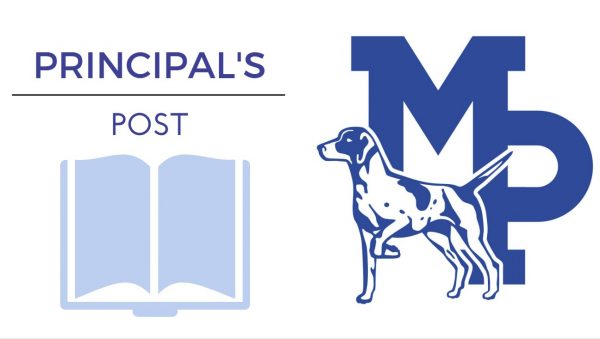
I was in a 1st grade classroom conducting an instructional walk. The students were quietly working on their informative writing projects. They had researched a topic of choice, using strategies to read nonfiction texts. Now they were using their notes they had taken and were applying them to a writing project.
I sat next to a couple of students. One student looked up, saw me and asked, “You know how to write books, right?” I nodded. “I am not sure where to put the end. What do you do?” Honored that he asked me for help, I asked if he would read his writing to me. I listened actively, celebrated his work, then went into a description of my own writing process, admitting that conclusions could be very difficult for any writer. He looked at me, unsure how to respond.
The teacher stopped over by us, checking in on our conversation. After a moment, she stepped in. “I think what he’s trying to ask is where he should put “The End” in his book.” Literally. I laughed, then suggested putting those two words on the back of his last page.
I enjoy talking the writing process, mine and anyone else’s. Each is unique. There are some very general pathways from drafting to done (typically revision is a major part), but the specific journey for each writer is their own. Whatever it takes to get it on paper and get it published.
Reflecting on our chat, I appreciated that our conversation revolved around the writing itself and not on a rubric or a specific standard. Writing, like many crafts, is a messy experience from start to finish. Spelling out what “good” writing looks and sounds like can make the process a bore, seem more like work in its starkest sense.
I’m fine with standards as a part of the educational experience. They give us some guideposts as to where our students should be at in relation to their age and development level. Used thoughtfully, standards can help define a ladder of complexity in what students should know and be able to do.
Yet history is not kind to the standards movement. In an excellent article for Phi Delta Kappan, Gamson, Eckart, and Anderson reveal the reality behind why standards have been introduced into U.S. public education.
In virtually every period of American educational history, but especially in times of national crisis, critics have argued that American students were floundering academically due to intellectually feeble and flabby academic objectives. Time and again, Americans have retreated to the bunker of clear standards as protectors against educational fuzziness.
These “times of national crisis” include Sputnik and the National Reading Panel’s infamous report “A Nation at Risk” (the latter a document I recently discovered and then threw out while cleaning my office). The context for these concerns is competitiveness. In this type of environment, learning is no longer the focus. It is about achievement. Curiosity and mistake-making are seen as frivolous time wasters when standards need to be met.
I understand society’s desire to simplify school outcomes to try and understand the quality of education. Doing so, though, has consequences, one of the most dire being the removal of process as an essential part of the learning experience. When there is no opportunity for people to take risks and pose important questions, such as asking the principal where to put “the end”, there is little incentive to put ourselves in positions where we are vulnerable and open to new ideas. We cannot boil down these necessary experiences to a set of standards. That should tell you something.
MATT RENWICK
PRINCIPAL, ELEMENTARY SCHOOL
This is Matt’s nineteenth year in public education. He started as a 5th and 6th grade teacher in a country school outside of Wisconsin Rapids, WI. After seven years of teaching, Matt served as an assistant principal, athletic director, and building principal all in Wisconsin Rapids. As an elementary principal with the Mineral Point Unified School District, he enjoys working with students, staff, and families in a collective pursuit of lifelong learning.

